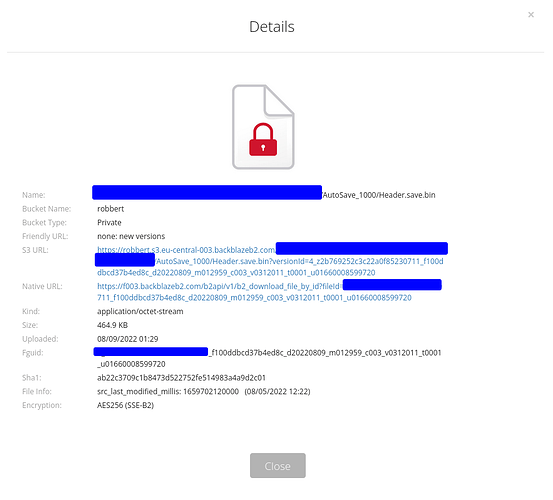
"myremote:bucket" or maybe "myremote:" (not recommended).Įnter a string value. Normally should contain a ':' and a path, eg "myremote:path/to/dir", Press Enter for the default ("").Ĭhoose a number from below, or type in your own valueĤ / Amazon S3 Compliant Storage Provider (AWS, Alibaba, Ceph, Digital Ocean, Dreamhost, IBM COS, Minio, etc)ġ2 / Google Cloud Storage (this is not Google Drive)Ģ4 / Openstack Swift (Rackspace Cloud Files, Memset Memstore, OVH)Ģ9 / Transparently chunk/split large filesģ0 / Union merges the contents of several remotes There is no "password 2s $ rclone configĮnter a string value. Your data will not be recoverable by anyone if your forget or lose it. You must remember the password(s) you chose here. You will want to encrypt the directory names to avoid character limitation issues in the path. Next run rclone config choosing crypt as the remote type and then use the name of your new folder as the path. I called mine 38s $ rclone mkdir google:crypt We are going to assume you've already created a basic functional remote, In this case mine's called "google:"įirst we create a folder in the remote to hold our encrypted data. This gets you encryption and works around filename limitations.

Performance, while not great has not been bad in limited testing: There are still some limits, filenames are limited to 143 characters not including the path. The overlays also provide some data protection by doing md5 checksums on the files transferred, if desired.

no 5, 10, or 15GB limit per file, no restrictions on special characters in filenames, etc.

Using these 2 in combination can overcome virtually all of the limitations of any of the remote services.

In this guide I wish to discuss the " crypt" and " chunk" overlays. Rclone supports "overlay" filesystems which can be then be overlayed in multiple layers. This advanced guide assumes you have read the previous page and have some familiarity with rclone already.


 0 kommentar(er)
0 kommentar(er)
